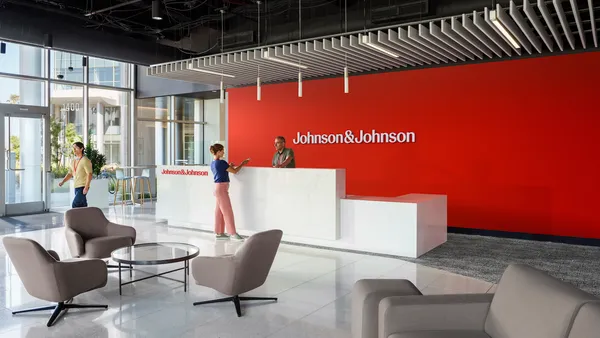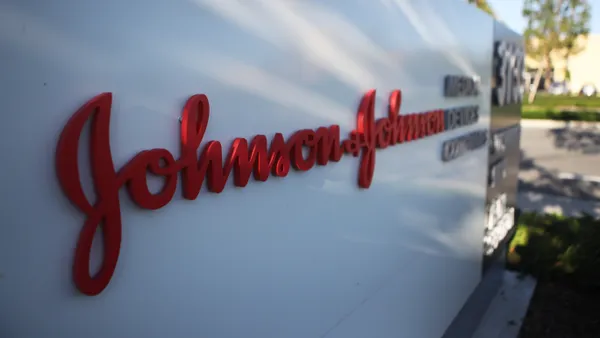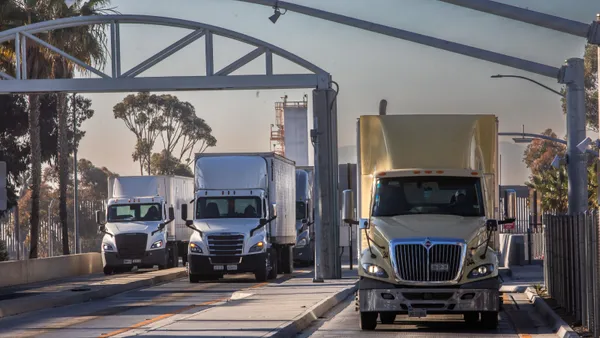Dive Brief:
- Analysts have praised the features of Johnson & Johnson’s Ottava surgical robot but warned it could be five to seven years from approval, suggesting it poses little near-term threat to Intuitive Surgical’s incumbent device.
- J&J invited analysts to see the soft tissue robot this week, leading to notes from J.P. Morgan and RBC Capital Markets that highlighted features that could enable Ottava to accelerate procedure times and be used in smaller operating rooms.
- The J.P. Morgan analysts believe the feature set will “be appealing to many surgeons.” Yet with J&J years from approval and hospitals committed to da Vinci, analysts see little threat to Intuitive in the foreseeable future.
Dive Insight:
When J&J unveiled Ottava, its rival to Intuitive’s da Vinci system, in 2020, the company set out a timeline that could have seen the device come to market around 2025. However, technical challenges and COVID-19 disruption delayed the project. J&J now aims to submit its filing to test the device in humans with the Food and Drug Administration in the second half of 2024.
Analysts are split on what that means for time to market. The team at Leerink Partners is forecasting that Ottava could win approval in the U.S. around the end of 2026 or early 2027. J.P. Morgan analysts see a longer path to a U.S. authorization, telling investors they think “it’s prudent to forecast an approval in 5-7 years.”
Either way, J&J looks set to come to market after Medtronic, which could launch its Hugo device in 2025. Intuitive has been selling robots for decades. The question is whether J&J can come from behind to claim a significant slice of the market, either by winning share from Intuitive or by helping to expand the market and securing contracts with hospitals that are installing robots for the first time.
J.P. Morgan and Leerink analysts see little threat to Intuitive, given how far Ottava is from approval and the high costs of switching between robotic systems. J&J could fare better against Medtronic, with the J.P. Morgan analysts predicting Ottava “could compete well against Hugo in new surgical accounts and particularly in the [ambulatory surgery center (ASC)].”
The design of Ottava could be a good fit for ASCs, with the J.P. Morgan analysts noting how it will enable “robotic penetration into more [operating rooms] with a smaller footprint” and has “unified movement of the robotic arms attached directly to the operating table” to help reposition patients during surgery, features that could lead to faster procedure times.
“While it’s not clear how common intraoperative reposition is across minimally invasive robotics today, the ability to shift organs and gain access to different clinical structures without detaching instruments, un-docking arms, moving the patient, re-docking, and finally re-attaching seems compelling,” the analysts wrote in a note to investors.
All four robotic arms can be stored under the surgical table when not in use. The J.P. Morgan analysts contrasted the “zero-footprint design” with “Hugo’s massive 4 arm carts.” Other advantages include “proprietary access to Ethicon instrumentation,” which the J.P. Morgan analysts expect J&J to bring to market via a series of 510(k) filings after securing de novo approval for Ottava.











